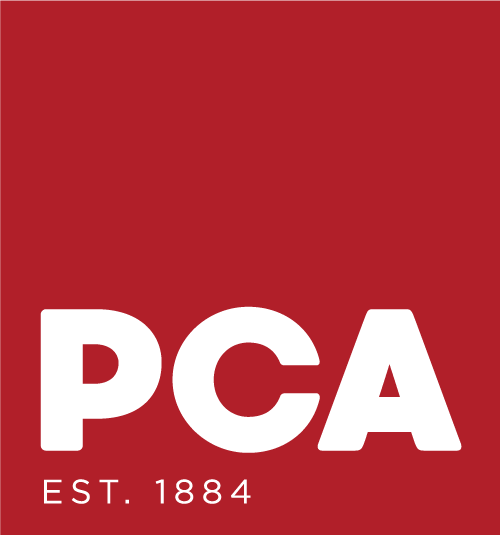Common Painting Problems
Jason Moorhouse

Skipping prep time
Lack of proper prep is usually the biggest difference between DIY and professional projects. Homeowners understandably want to jump right into the project, because they’re excited to see their new color on their walls — it’s an emotional reaction. But professional painters spend the majority of their time on prep. Make sure you’ve properly cleaned walls, scraped off peels and cracks, applied painter’s tape carefully, and allowed any patching compound to dry before you start.
Cheap brushes and roller covers to save money
You can have the best paint in the world and it won’t perform if you go cheap on the applicators. Good brushes and roller covers give better coverage and save you on paint in the long run. Quality brushes will be easier to clean and likely last longer, so you are saving money in the long run.
Using masking tape instead of real painter’s tape
Pros select the right tape. You don’t have to spend the money for high-quality tape, but you do have to select the right tape. Use a putty knife or mini scraper (not your finger) to remove air bubbles and seal the edges to prevent drips and ensure sharp lines.
Installing finish without primer
Primer covers flaws in the surface and gives you a smooth, long-lasting finish. It’s fine to use paint-and-primer-in-one mixes if the old surface was previously painted, is in good shape, and has a flat (non-glossy) finish. But if you’re painting over a more difficult surface such as plaster, wood, concrete, glossy paint, or stained/porous drywall, use a stand-alone primer or a premium all-in-one mix specifically designed to cover unpainted surfaces. If it doesn’t look good with primer, it’s never going to look great with a finish coat.
The wrong sheen - using flat paint in a high-traffic area
Washable satin, Eggshell or semi-glosses are a better choice for rough-and-tumble places like hallways, closets and laundry rooms, but you can also choose a durable premium matte finish. Every paint manufacturer has an option with higher scrub cycles, so check out the ratings. There are even flats that have higher scrub cycles and
Painting over high-gloss paint without sanding
New paint needs some texture to adhere to, so make sure to lightly scuff any shiny surfaces with sandpaper, followed by a rinse with clean water.
Not properly loading the brush and roller
Dip it only a third of the way in you’ll get enough paint on your brush without wasting or pushing the paint deep into the bristles, which is tough to clean. But it’s important to use enough paint. Find the sweet spot, try to conserve energy.
\
Painting aimlessly or without a plan
Start at the top. example: start near the ceiling and work your way down for the smoothest finish; that way you can catch drips as you work. Don’t work an area twice. Keep a wet edge and move on. No sense over working the paint. Touch it once or twice and move on.
Painting over wallpaper with water-based paint
This also goes for marginally prepared areas. Make sure you lock them down with an oil based primer first. You can paint over wallpaper, but be sure to use oil-based primer first. Water-based paints and primers can reactivate the wallpaper glue and cause unsightly peeling.
Skipping wash up and cleanup
Finish Strong. You’re tired at the end of the job, so you put the brushes in the garage and decide to deal with it later — bad idea! Protect your investment by washing those brushes thoroughly with water and dish detergent, wrapping them in airtight plastic wrap or aluminum foil, and storing them in their original packaging so that they hold their shape.
